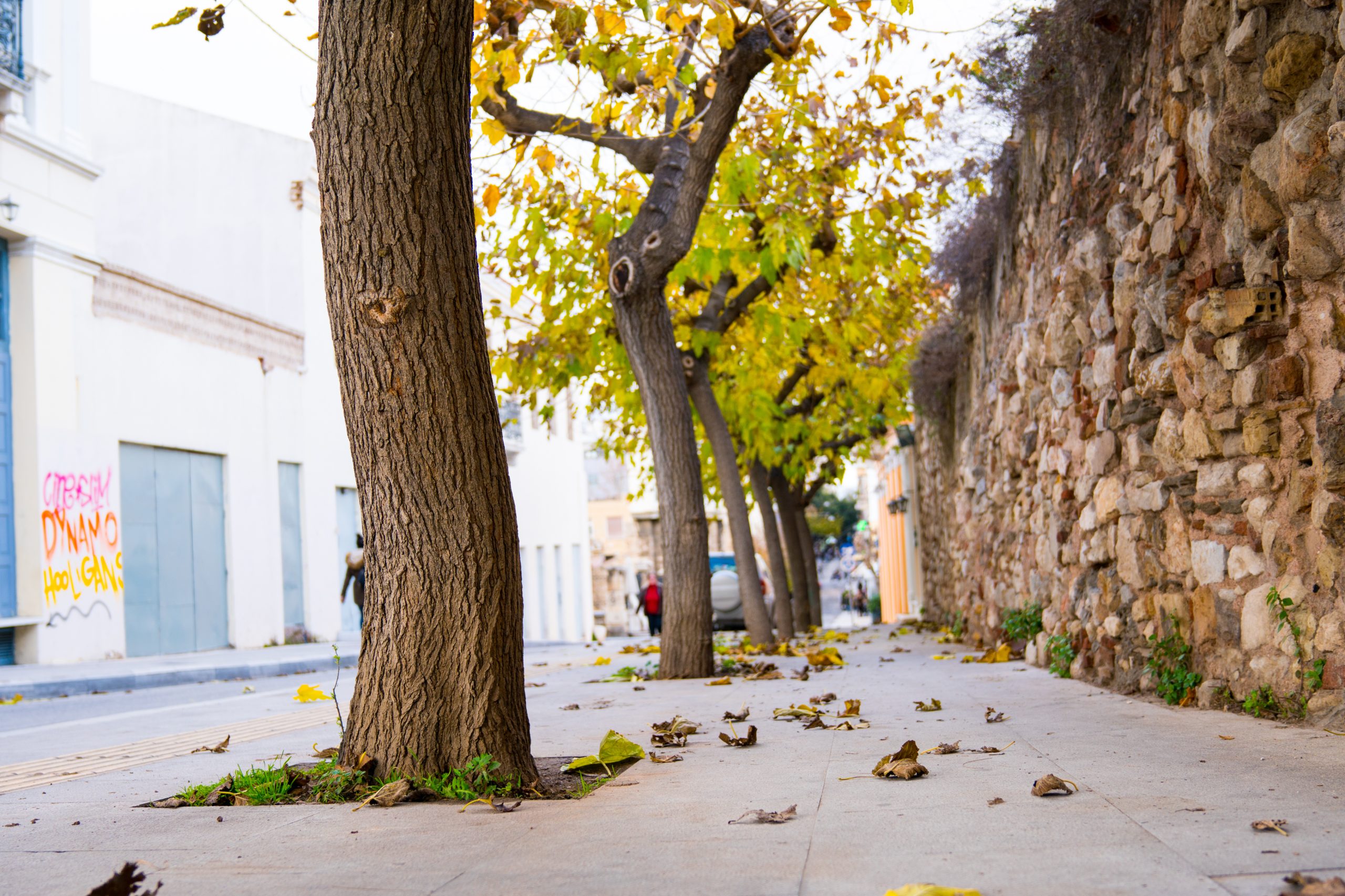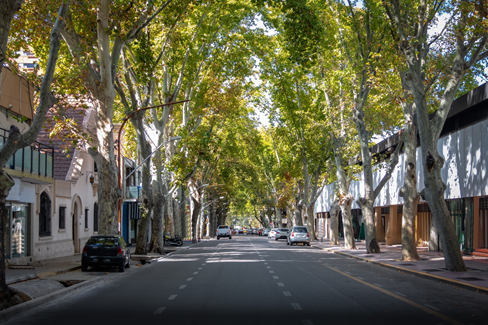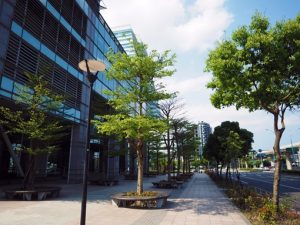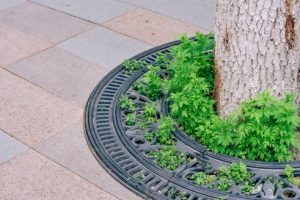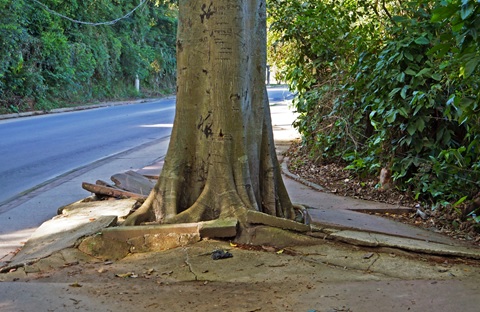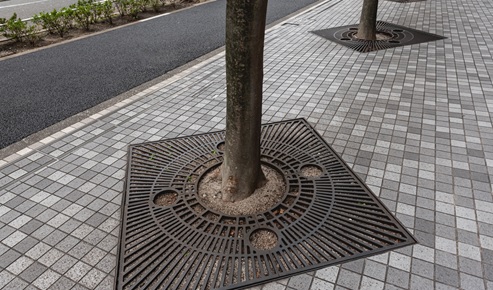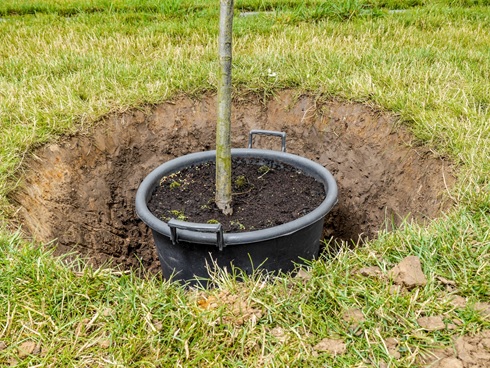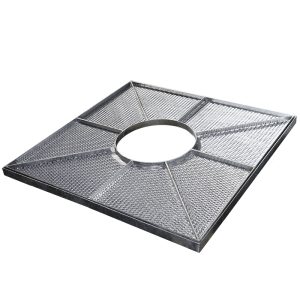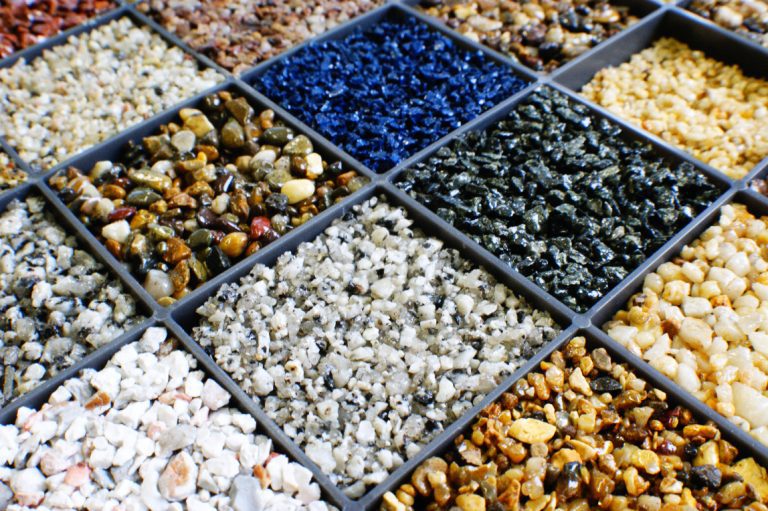Tree Pit Frame
A complete guide to tree pits
Tree pits provide many benefits to urban areas – including improving the mental and physical health of members of the public, filtering out urban pollutants and aiding the offset of carbon emissions.
Tree grills and tree pits prevent any potential damage to the urban environment as the roots are securely managed within the tree root ball.
It eliminates the opportunity for the roots to spread up and across the landscape, where they could cause damage to the flooring and present a dangerous trip hazard.
This blog post explains all you need to know about tree pits.
What is a tree pit?
Tree pits are ideal for protecting sidewalk trees. Though planting trees has many environmental benefits, they need protection against heavy foot and vehicle traffic.
The most common risks to trees that line streets include:
- Being hit by car doors opening
- People kicking or bumping into trees
- People stepping on the soil surrounding the tree and disturbing sensitive root systems
- Being hit by cars who drive onto the footpath
- There is not enough drainage for proper watering
Tree pits can play a valuable role in flood management. The rainwater run off can be diverted from ending in drainage systems to providing nourishments for trees.
Tree pits and tree grates: What are the similarities and differences?
Tree grates usually consist of a decorative metal plates made from cast iron or cast aluminium and are placed over the tree pits.
Grates help avoid soil compaction and keep roots of urban street trees from becoming a stumbling obstacle to pedestrians.
The design allows water and air reach the doil through the grate’s slits, which are narrow to avoid little falling through to the soil.
In contrast to tree pits, the growth of a tree can be restricted if the centre hole isn’t large enough.
A tree pit can be used alongside resin bound gravel to create a decorate product.
Tree Pit Frame
What are the benefits?
Tree pit covers are perfect for upcoming landscape projects.
Professionals should consider solutions that are manufactured from stainless steel as they provide a long-term resistance to rust and corrosion. A top edge seal prevents dirt, grout or grinding waste ingress for increased longevity and resilience. This style of tree pit also aims to eliminate the requirements for slither cuts of stone, which often leads to recurrent and often costly breakages.
Volume Availability: A minimum of 3m3 of potential rooting volume is required to give most tree species any viable chance of establishing successfully. A tree pit provides most trees with an excellent start in life.
Root Management: The tree roots should also be appropriately directed to ensure that they do not damage surrounding surfaces or underground structures. Paved surfaces and utilities are particularly vulnerable to tree root damage and various types of root management products can be specified depending upon the item that requires protection.
Irrigation, Drainage and Aeration: In order for a tree to thrive, the roots must be able to access an appropriate amount of water. Without this water, the tree will be unable to absorb nutrients from the soil and will perish as a result of water loss experienced during transpiration.
If the rooting area is continuously waterlogged then the surrounding soil may become anaerobic, which is equally likely to result in the destruction of the tree.
An efficient irrigation system will account for the fact that tree roots may have been directed downwards as a result of root management measures and will deliver water directly to the rooting volume, rather than the area above it. Such an irrigation system will help with soil aeration at depth, but it is also prudent to leave sufficient open space around the trunk to allow for gaseous exchange between air and soil. In urban areas, it is often impractical to allow for bare soil and tree grills or permeable resin can be considered.
Support: Many urban trees are situated in exposed locations where they are vulnerable both to high winds and to disturbance from pets, pedestrians and vehicles.
History of tree pits
Many cities have a long history with tree pits.
The tree pits were designed to help urban trees thrive long after they are planted and enable the population to reap benefits in terms of health and habitat. Fitting tree pits improves the conditions for trees and allows them to outgrow their typical 15-year urban life.
The tree pits allow more effective use of space. Urban streets and plazas must accommodate footpaths, awnings, signs, utility poles, underground utilities and trees.
Originally, urban designers have installed trees in tiny 4×4 tree pits. However many of these did not thrive and were removed and replaced within a few years.
Today’s best practice allows more room for trees to prosper.
How to install a tree pit
Excavation and preparing the tree pit is responsibility of the contractor. The local construction regulations should be taken into account.
Prior to installing the tree pit, the stability of the sub-base must be inspected and communicated with the client.
Things to consider before install:
- Excavation dimensions: there should be enough space to work around the installed tree pit system
- Sub-base: The sub-base should be stable enough to carry the tree pit system
- Levelling The sub-base should be levelled in one plane
Installation instructions:
- Over-excavate 30cm beyond the perimeter of the system: Excavate the trench at the installation site accordingly to the necessary dimensions, in order to accommodate the tree pit. Over-excavate to a minimum of 30cm beyond the perimeter of the tree pit to allow for working room and easy and fast installation.
- Excavate to the right depth: Make sure excavation is deep enough to accommodate sub-base aggregate. Don’t dig deeper than is necessary and always stay 10cm above average highest grondwater level. If the subsoil is not stable due to groundwater, drainage must be carried out.
- Install drainage sub-base aggregate: Compact the sub-base according to the project specifications or local regulations.
- Quality control: It is the responsibility of the contractor the Owner, Owner’s Representative, Engineer or Geotechnical Consultant to verify that the sub-base is constructed to specified requirements.
How to specify
The tree pit is customisable with any resin bound gravel to create a bright, decorative and stylish finish to an area.
We have a resin bound gravel calculator on our website to work out how much aggregate you need per area. Simply click the product page on any resin bound gravel kit on our website and visit the calculator.
Technical details
The Recessed Stainless Steel Tree Pit for Resin Bound Gravel Installations is perfect for urban areas – as trees need regular maintenance to keep the pits topped up with growing medium such as soil.
Resin bound gravel tree pits help to eliminate litter and debris collecting around the base of the tree and protecting the tree root ball while still remaining permeable.
Strong: The 1200mm Tree Pit is made from stainless steel. It is durable and rust-free ensuring it can last for many years to come.
Customisable: A huge range of resin bound gravels are available, giving total control of the overall finish.
Retro-fittable: The tree pits can be installed at any time without digging up the tree or impeding its growth.
Dimensions and more
External Dimensions: 1200mm x 1200mm x 35mmInternal Dimensions: 1170mm x 1170mm x 25mm
Centre Hole Diameter: 460mm
Material: Stainless Steel
Summary
Recessed tree pits are good for the environment, can be decorative and can help to ensure the life expectancy of the tree is kept healthy.
They can be customised with a wide range of resin bound gravels to match surrounding buildings and areas.
It is easy to install and stainless steel means the frame pit is long lasting.
To find out more information about the Recessed Tree Pit Frame click here.
For further information call our helpful and friendly customer service team on 01246 418144, contact us on webchat or email us here.
Tree Pit Frame

